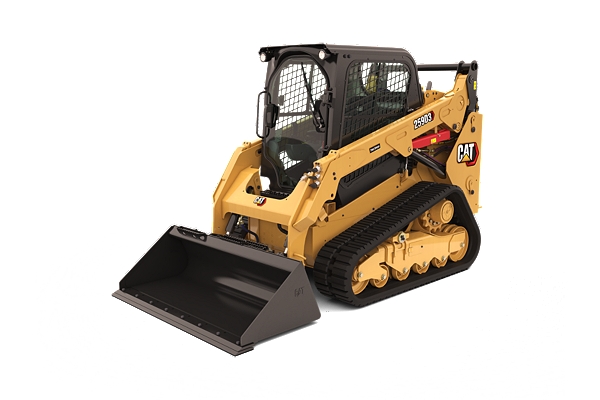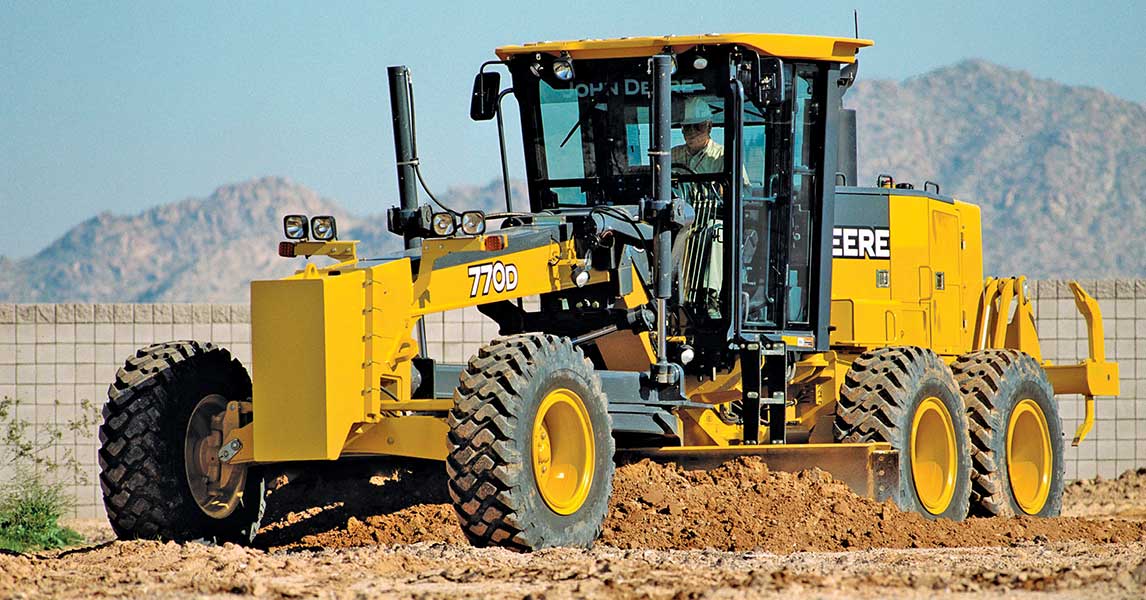Forklift Rental Providers for Industrial and Commercial Use
Forklift Rental Providers for Industrial and Commercial Use
Blog Article
Renting Out Vs. Buying Building And Construction Tools: Making the Right Option for Your Job
When getting started on a construction project, one of the essential decisions that predict stakeholders and supervisors face is whether to get or lease building and construction devices. The decision hinges on various variables such as price factors to consider, project duration, equipment maintenance, risk, versatility, and scalability administration.
Price Factors To Consider
When examining the financial aspect of renting versus acquiring building devices, the in advance prices and long-term expenditures must be meticulously thought about. Renting out equipment typically calls for lower initial repayments compared to buying, making it an eye-catching choice for temporary tasks or specialists with budget restrictions. Renting out gets rid of the need for big resources outlays and minimizes the financial risk connected with devices possession, such as upkeep and devaluation expenses. Nonetheless, over time, continually renting tools can gather greater prices than acquiring, particularly for extended jobs.
On the other hand, acquiring building and construction equipment entails greater upfront prices but can result in long-lasting savings, particularly for lasting tasks or frequent users. Having equipment supplies flexibility, ease, and the potential for resale worth once the project is finished. In addition, possessing tools allows for modification and knowledge with certain machinery, potentially boosting efficiency and performance on-site. Ultimately, the choice between renting out and acquiring building and construction devices rests on the task's duration, frequency of usage, budget plan factors to consider, and long-lasting monetary goals.
Project Period

Conversely, for long-term jobs or recurring building and construction work, getting devices could be the much more cost-effective option. Purchasing devices can bring about cost savings over time, especially if the devices will be regularly used. Moreover, owning devices provides a feeling of control over its availability and permits customization to fit details job demands.

Equipment Upkeep
Provided the essential role task period plays in establishing one of the most cost-efficient strategy between getting and leasing construction devices, the emphasis now changes in the direction of checking out the vital aspect of tools upkeep. Correct upkeep is important for making certain the optimum efficiency and longevity of building and construction devices. Renting tools typically comes with the benefit of having actually well-kept equipment given by the rental firm. This can alleviate the problem of maintenance jobs from the task proprietor or service provider, conserving effort and time. On the other hand, owning equipment needs a proactive strategy to maintenance to avoid malfunctions, guarantee safety and security, and expand the equipment's lifespan. Regular examinations, maintenance, and prompt repair work are required to maintain owned and operated equipment in leading working problem. Element in maintenance prices when determining between buying and leasing, as neglecting upkeep can result in costly fixings, downtime, and project hold-ups. Ultimately, a well-maintained building and construction devices fleet, whether rented or possessed, backhoe machine is vital for the reliable and effective conclusion of building projects.
Versatility and Scalability
In the world of building tools administration, the element of flexibility and scalability holds significant value for job performance and source utilization. Deciding to lease building tools supplies a high degree of versatility as it allows for the fast adjustment of devices types and amounts based on the developing requirements of a task.
In addition, scalability, another important factor, is inherently linked to versatility. Leasing building and construction devices supplies the advantage of quickly scaling operations up or down as task needs rise and fall. Service providers can quickly include or exchange tools to match the job's altering demands without the restraints of having properties that may come to be underutilized or outdated. This capacity to range sources efficiently can lead to price savings and enhanced project timelines, making renting a favorable option for projects needing adaptability and responsive source allowance.
Risk Monitoring
Reliable risk administration in construction equipment operations is vital to ensuring project success and mitigating prospective monetary losses. Building tasks inherently involve different risks, such as devices failures, crashes, and task delays, which can substantially influence the task timeline and budget plan. By very carefully considering the risks connected with owning or renting out construction devices, project supervisors can make informed decisions to lessen these potential threats.
Renting building and construction tools can use a level of threat reduction by moving the responsibility of repair and maintenance to the rental firm. This can lower the financial problem on the task owner in situation visit their website of unforeseen tools failings (rental company near me). In addition, leasing supplies the flexibility to gain access to specialized tools for details job stages, decreasing the risk of having underutilized machinery
On the other hand, possessing construction devices provides a sense of control over its use and upkeep. However, this likewise indicates birthing the complete duty for repairs, maintenance expenses, and devaluation, boosting the economic dangers connected with devices possession. Cautious danger evaluation and factor to consider of aspects such as job period, tools application, and upkeep demands are essential in establishing the most suitable choice for efficient risk monitoring in construction jobs.
Conclusion
To conclude, when choosing in between buying and leasing construction tools, it is essential to take into consideration expense, task period, devices upkeep, flexibility, danger, and scalability administration. Each aspect plays a vital duty in determining the most suitable choice for the job available. By carefully examining these aspects, task supervisors can make an educated decision that straightens with their budget plan, timeline, and total project objectives.

Report this page